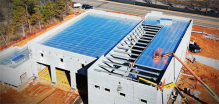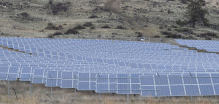India’s Smart Cities Mission, which was launched by Prime Minister Narendra Modi in 2015, involved developing 100 smart cities with the aim of upgrading the country’s infrastructure to deal with a rapidly growing population.
According to finance minister, Nirmala Sitharaman, the projects come under the Smart Cities initiative.
During her last budget speech, she also mentioned that the governmental has been planning to profit from three economic principles: the upcoming economic corridors, the growing demand for technology from the “aspirational classes” and the revitalization of manufacturing activities.
With the three economic principles in mind, they plan to develop the five cities through public-private partnerships (PPPs) and will choose their locations accordingly. Each individual city which will be developed under the program will receive state, local city body and annual government support.
The aim of this initiative is to “promote cities with core infrastructure which offer a decent quality of life to its citizens, a clean and sustainable environment and have the potential to apply ‘smart solutions’”.
Under the program, the initial target to complete the smart cities was in 2020 however delays have caused them to move the deadline to the year 2023.
In September last year, Indian Prime Minister Modi opened up the 10,000-acree greenfield industrial smart city in Aurangabad (AURIC) which is set to become a key project of the upcoming Delhi-Mumbai industrial corridor.


















